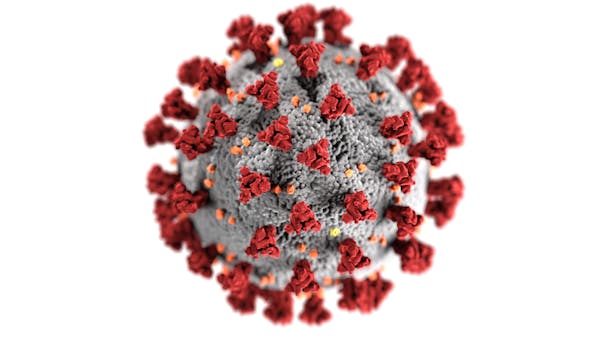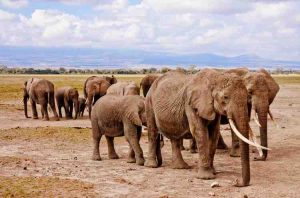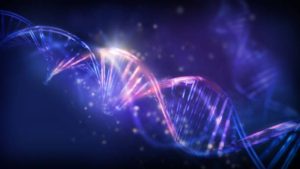
A recent study by physicist Dr. Melvin Vopson proposes a new concept called the “second law of infodynamics” and suggests it could be evidence of a simulated universe. This theory, while intriguing, requires further exploration and validation.
The Core Idea: Information Entropy and Mutations
Vopson’s work focuses on information entropy, a concept distinct from the usual thermodynamic entropy. Thermodynamic entropy refers to the measure of disorder in a system, while information entropy relates to the potential for information storage within that system. Vopson argues that information entropy decreases over time, contrasting with the traditional view of entropy always increasing.
He investigated this concept by analyzing mutations in the SARS-CoV-2 virus. By studying the RNA sequences of various variants, Vopson observed a decrease in information entropy as the virus mutated. This, according to him, challenges the current understanding of random mutations in evolution and suggests a potential underlying law governing these changes.
Implications and Bold Claims
Vopson’s theory, if proven true, has far-reaching implications. It could revolutionize our understanding of genetics, allowing for the prediction of mutations before they occur. Additionally, it could explain the prevalence of symmetry in the universe – a phenomenon attributed to a low information entropy state.
However, Vopson takes it a step further. He suggests that the “second law of infodynamics” necessitates a simulated universe. The idea is that a complex simulation would require data compression and optimization, just like the decrease in information entropy observed in the virus.
Scientific Scrutiny and Testable Predictions
While the simulation theory is captivating, it’s important to maintain a scientific perspective. Vopson’s theory needs rigorous testing and independent verification. The proposed link between information entropy and a simulated universe is currently speculative.
However, the theory does offer testable predictions. One intriguing proposition is that information has mass, allowing it to interact with gravity and other forces. Experiments could attempt to measure minute mass changes during information erasure on hard drives.
Another avenue for exploration involves the properties of elementary particles. Vopson suggests that particles might carry information about themselves. Experiments designed to annihilate particles and antiparticles could potentially reveal information about the released photons, potentially validating the theory.
The beauty of this proposed experiment lies in its relative affordability and feasibility with current technology. A successful outcome wouldn’t necessarily confirm a simulated universe, but it would lend significant weight to the “second law of infodynamics.”
Conclusion: Interesting Hypothesis, Rigorous Testing Needed
Dr. Vopson’s work presents a novel perspective on information and its role in the universe. The “second law of infodynamics” is a thought-provoking concept with the potential to reshape our understanding of mutations and evolution. However, the link to a simulated universe remains highly speculative.
The true value of this theory lies in its testable predictions. Experiments exploring information and mass, as well as particle properties, could provide crucial data. Further research is necessary to determine if the “second law of infodynamics” holds merit and what its true implications might be. Whether it paves the way for a simulated universe or simply offers a new lens on information, Vopson’s work undoubtedly adds to the ongoing scientific exploration of our universe.


